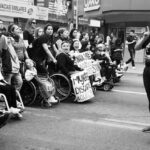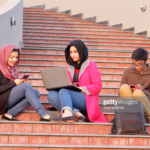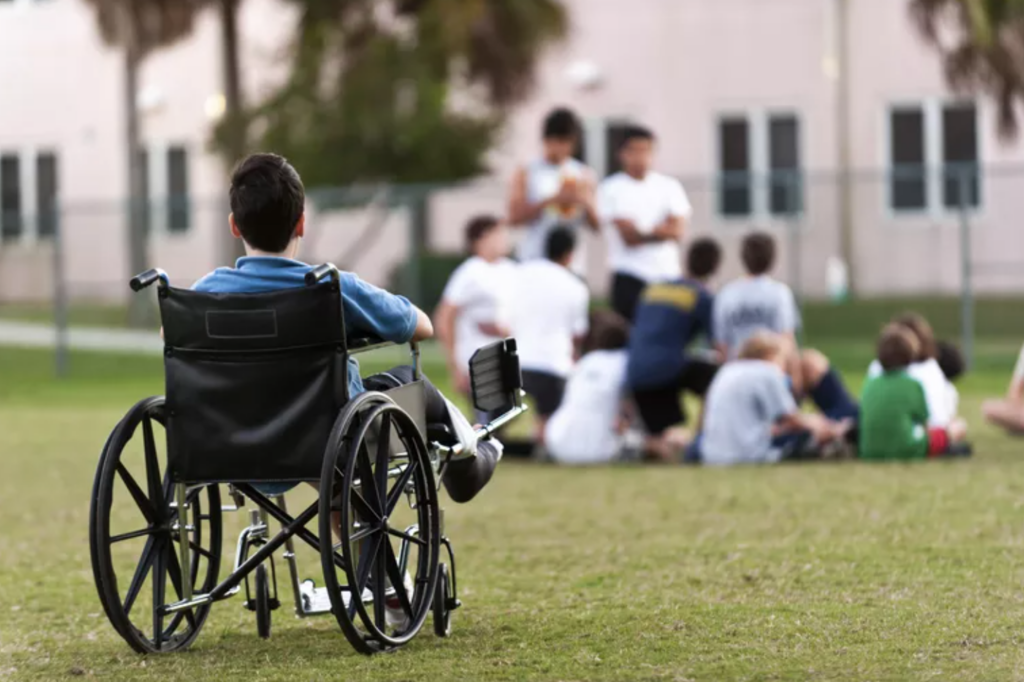Juanmonino / Getty Images
Prejudice is a baseless and often negative preconception or attitude toward members of a group. Prejudice can have a strong influence on how people behave and interact with others, particularly with those who are different from them, even unconsciously or without the person realizing they are under the influence of their internalized prejudices.
Common features of prejudice include negative feelings, stereotyped beliefs, and a tendency to discriminate against members of a group. In society, we often see prejudices toward a group based on race, sex, religion, culture, and more. While specific definitions of prejudice given by social scientists often differ, most agree that it involves prejudgments that are usually negative about members of a group.
When people hold prejudicial attitudes toward others, they tend to view everyone who fits into a certain group as being “all the same.” They paint every individual who holds particular characteristics or beliefs with a very broad brush and fail to really look at each person as a unique individual.
Types
Prejudice can be based on a number of factors including sex, race, age, sexual orientation, nationality, socioeconomic status, and religion. Some of the most well-known types of prejudice include:
- Racism
- Sexism
- Ageism
- Classism
- Homophobia
- Nationalism
- Religious prejudice
- Xenophobia
Prejudice and Stereotyping
When prejudice occurs, stereotyping, discrimination, and bullying may also result. In many cases, prejudices are based on stereotypes.
– A stereotype is a simplified assumption about a group based on prior experiences or beliefs. –
Stereotypes can not only lead to faulty beliefs, but they can also result in both prejudice and discrimination. According to psychologist Gordon Allport, prejudice and stereotypes emerge in part as a result of normal human thinking. In order to make sense of the world around us, it’s important to sort information into mental categories.
“The human mind must think with the aid of categories,” Allport explained in his book, The Nature of Prejudice. “Once formed, categories are the basis for normal prejudgment. We cannot possibly avoid this process. Orderly living depends upon it.”
Prejudice and Stereotyping Are Mental Mistakes
In other words, we depend upon our ability to place people, ideas, and objects into different categories in order to make the world simpler and easier to understand. We are simply inundated with too much information to sort through all of it in a logical, methodical, and rational fashion.
Being able to quickly categorize information allows us to interact and react quickly, but it also leads to mistakes. Prejudice and stereotyping are just two examples of the mental mistakes that result from our tendency to quickly categorize information in the world around us.
In fact, according to an article in Current Directions in Psychological Science, prejudice comes from a deep psychological need where people who aren’t comfortable with ambiguity are prone to make generalizations about others.
Research on Categorizing
The process of categorization applies to the social world as well as we sort people into mental groups based on factors such as age, sex, and race.
-Researchers have found that when it comes to categorizing information about people, we tend to minimize the differences between people in certain groups and exaggerate the differences between groups. –
In one classic experiment, participants were asked to judge the height of people shown in photographs. People in the experiment were also told that:
“In this booklet, the men and women are actually of equal height. We have taken care to match the heights of the men and women pictured. That is, for every woman of a particular height, somewhere in the booklet there is also a man of that same height. Therefore, in order to make as accurate a height judgment as possible, try to judge each photograph as an individual case; do not rely on the person’s sex.”
In addition to these instructions, a $50 cash prize was offered to whoever made the most accurate judgments of height. Despite this, participants consistently rated the men as being a few inches taller than the women. Because of their prejudgment that men are taller than women, the participants were unable to dismiss their existing categorical beliefs about men and women in order to judge the heights accurately.
Researchers have also found that people tend to view members of outside groups as being more homogenous than members of their own group, a phenomenon referred to as the out-group homogeneity bias. This perception that all members of an out-group are alike holds true of all groups, whether based on race, nationality, religion, age, or other naturally occurring group affiliations.
– People tend to see individual differences among members of their own groups, but they tend to see those who belong to out-groups as being “all the same.”-
What We Can Do to Reduce Prejudice
In addition to looking at the reasons why prejudice occurs, researchers have also explored different ways that prejudice can be reduced or even eliminated. Training people to become more empathetic to members of other groups is one method that has shown a considerable success.
By imagining themselves in the same situation, people are able to think about how they would react and gain a greater understanding of other people’s actions.
Other techniques that are used to reduce prejudice include:
- Gaining public support and awareness for anti-prejudice social norms
- Increasing contact with members of other social groups
- Making people aware of the inconsistencies in their own beliefs
- Passing laws and regulations that require fair and equal treatment for all groups of people
By Kendra Cherry
Updated June 17, 2020
Sources :
Original article : https://www.verywellmind.com/what-is-prejudice-2795476
Author Profile
- Forum News
Latest entries
 Ustinov Prejudice Awareness ForumFebruary 15, 2021Mexico: Include Protections for Women With Disabilities
Ustinov Prejudice Awareness ForumFebruary 15, 2021Mexico: Include Protections for Women With Disabilities Ustinov Prejudice Awareness ForumFebruary 3, 2021The Origins Of Black History Month
Ustinov Prejudice Awareness ForumFebruary 3, 2021The Origins Of Black History Month Ustinov Prejudice Awareness ForumJanuary 23, 2021Youth urged to shed social, ethnic bias
Ustinov Prejudice Awareness ForumJanuary 23, 2021Youth urged to shed social, ethnic bias Ustinov Prejudice Awareness ForumJanuary 15, 2021Where MLK and Coretta Met and Studied, a Memorial Will Rise
Ustinov Prejudice Awareness ForumJanuary 15, 2021Where MLK and Coretta Met and Studied, a Memorial Will Rise

